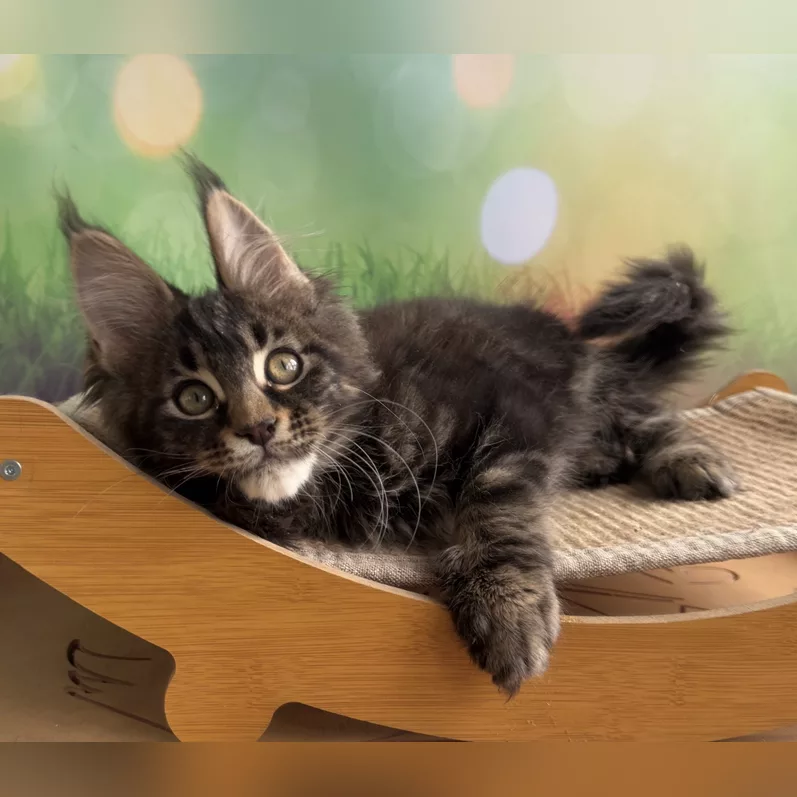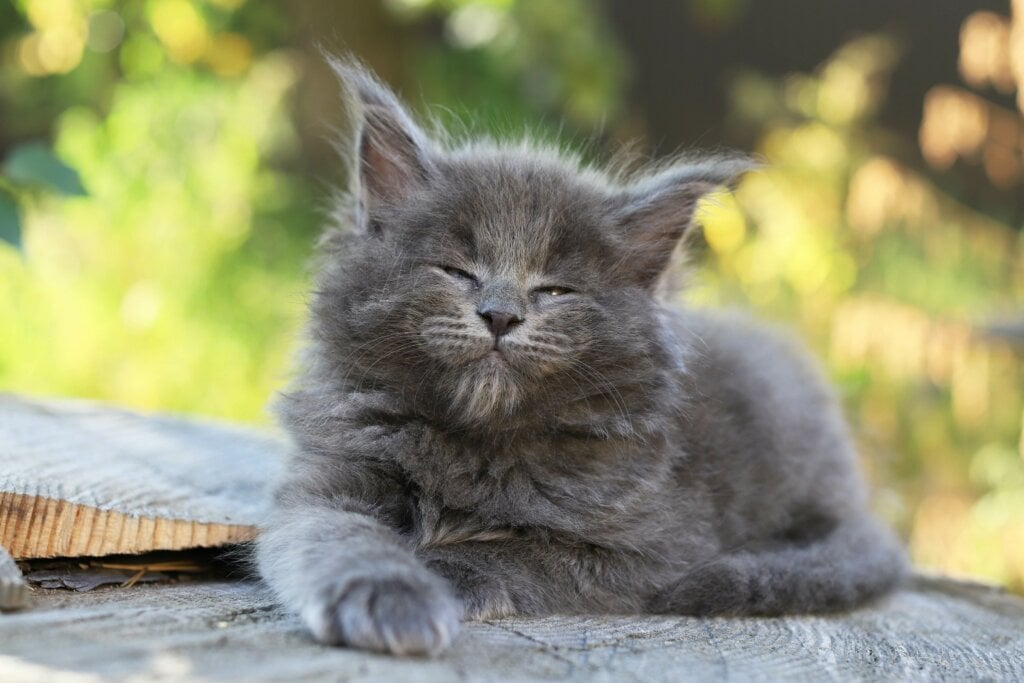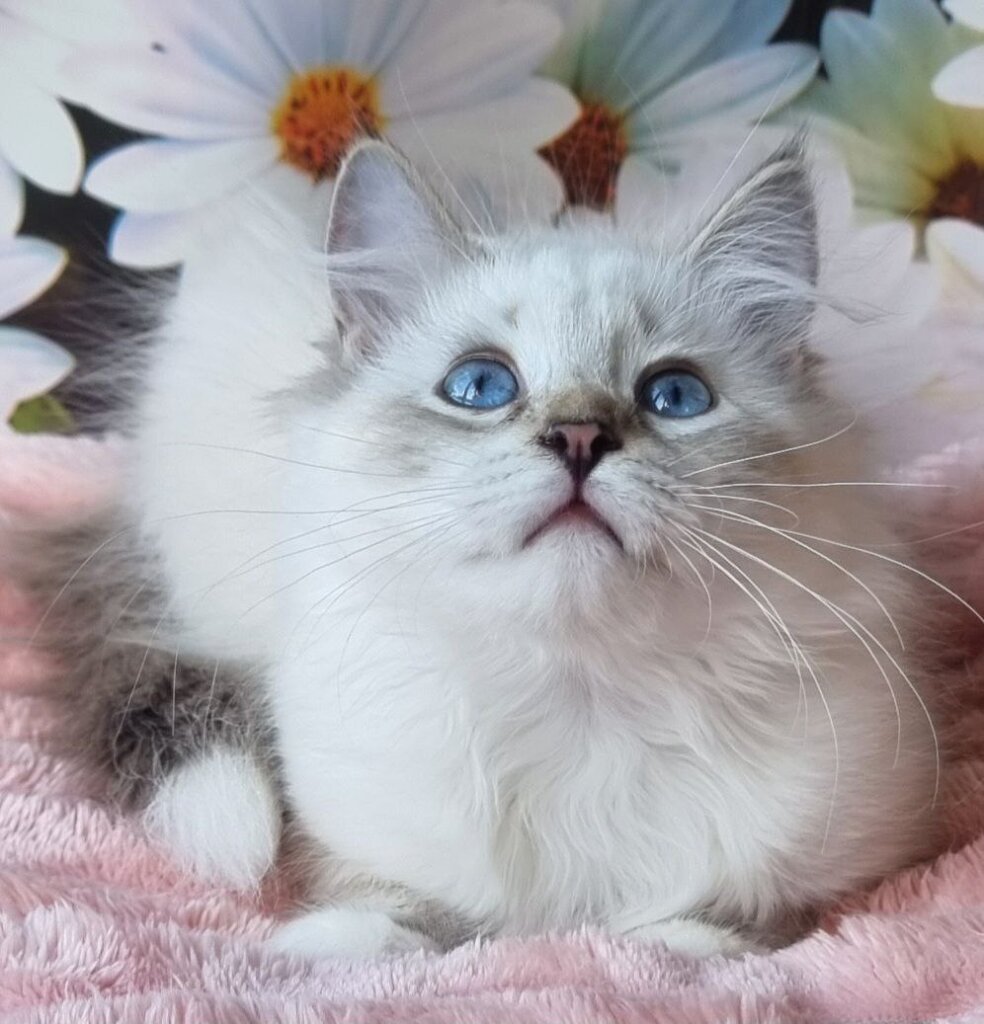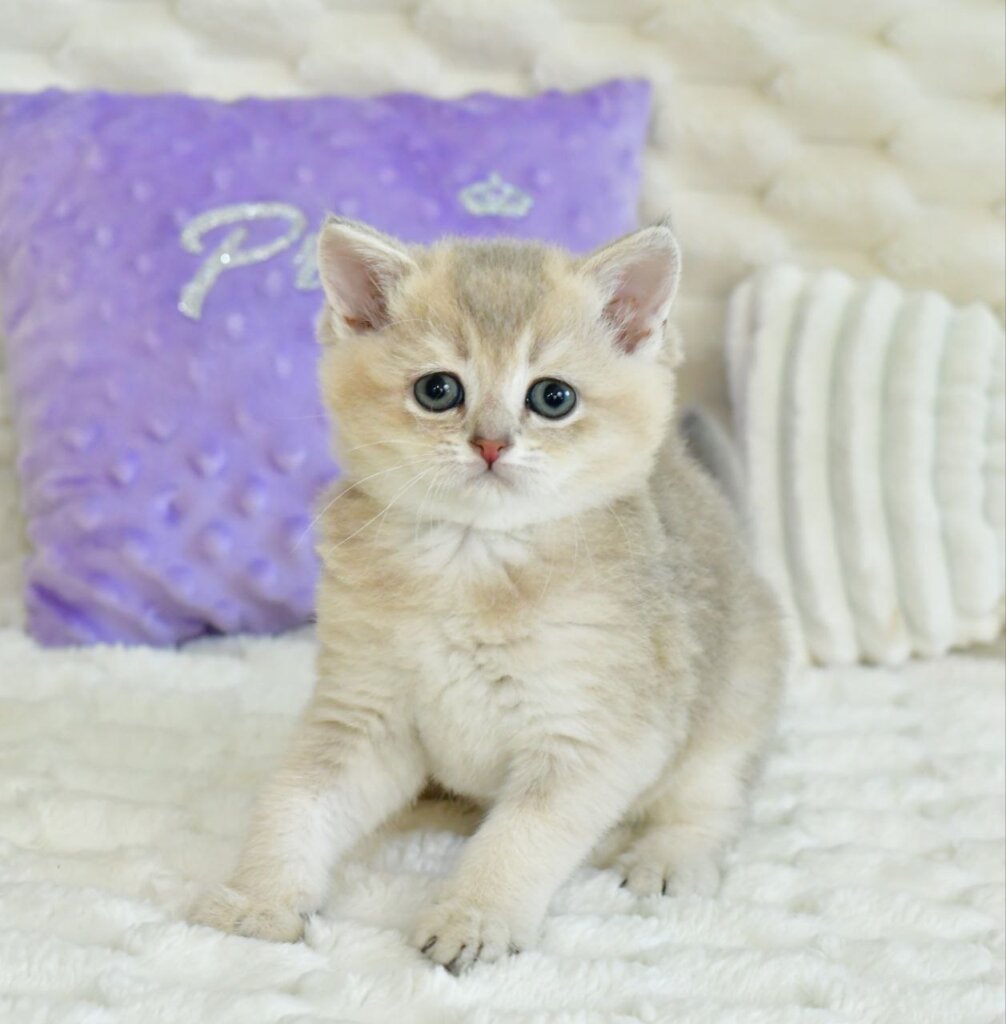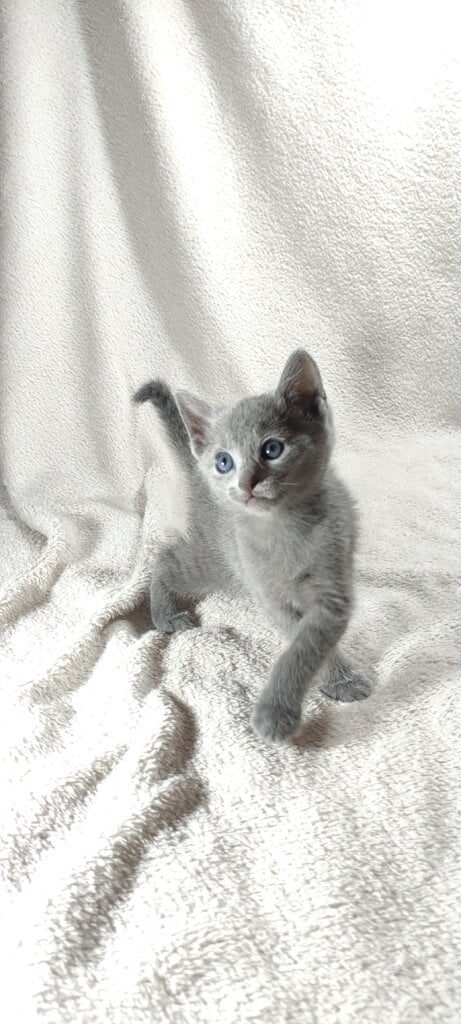When it comes to the world of felines, one breed stands out due to its sheer size – the Maine Coon. These gentle giants of the cat world are known for their striking appearance, but it’s their size that truly sets them apart.
Ever found yourself wondering just how big these fluffy felines can get? Well, you’re not alone. From their long, bushy tails to their tufted ears, every inch of the Maine Coon is a testament to their remarkable size.
Join me on this journey as we delve into the fascinating world of Maine Coons, exploring just how big these majestic creatures can get. It’s a tale of size, scale, and the charming world of these unique cats.
Overview of the Maine Coon Size
Jumping right from our previous discussions, now I’m heading towards an in-depth review of the astonishing size of Maine Coons. Characterized by a substantial body, Maine Coons blend both muscle and bone structure, presenting a balanced, rectangular shape.
First point, the length. Maine Coons easily rank among the longest domestic cat breeds. Many of them can stretch to reach lengths of up to 40 inches. That’s longer than a yardstick! It’s also important to note that, typically, male Maine Coons reach greater sizes compared to females.
Second point, the height. When standing, Maine Coons generally measure about 10 to 16 inches. That height, paired with their tail length alone (which can account for nearly half of their total length), adds up to create a very significantly sized cat.
Next, the weight. Adult Maine Coons average around 13 to 18 pounds for females and 15 to 25 pounds for males. Those numbers might not seem astronomical, but remember this is a cat we’re talking about, not a small dog.
At last, the physical maturity. It’s noteworthy that Maine Coons do not attain full maturity until they are three to five years old. This is somewhat of a late bloomer stage in the cat world and might surprise those unfamiliar with the breed.
The History and Ancestry of Maine Coon Cats
Diving into Maine Coon history, one can’t help but wonder about the ancestry that contributes to their vast size. Their magnificent stature is undeniably linked to their ancestry.
Involvement of Ancestry in Maine Coon Size
At the heart of Maine Coon size, ancestries play a pivotal role. Maine Coons originate from North America, specifically from New England. It’s believed their ancestors are robust, long-haired cats used to strenuous physical activities in these uncanny terrains. These ancestors were larger, contributing to their descendants’ broad chest and sturdy bone structure.
Tales abound linking the Maine Coon to breeds from overseas; the Norwegian Forest Cat, for example. It’s a cat breed of similar size and appearance following the Viking incursions into North America. While no definitive answer verifies these stories, they paint a vivid picture of the potential melting pot that birthed the Maine Coon size we admire today.
However, observed characteristics lead many to conclude that Maine Coon cats likely have a local origin. Early settlers kept domestic cats to reduce rat population, and these creatures had to fend for themselves in harsh winters. Survival required size and strength, two undeniable hallmarks of the Maine Coon today.
Notably, scientific research and genetic analysis continue to arise, aiming to map the Maine Coon lineage accurately. This valuable work will bring us closer to a definitive understanding of their ancestry and the roots of their impressive size. Until then, the magnificent Maine Coon remains a mystery, as alluring as they are enormous.

Differentiating Factors of Maine Coon Size
Delving deeper into my exploration of the colossal Maine Coon’s dimensions, I’ll highlight the distinguishing features that set them apart. These comparisons will enhance your understanding of the significant size variations relating to this majestic breed.
Maine Coon Size Compared to Regular Cats
Average cats tip the scales at about 9-10 pounds, standing roughly 9-10 inches tall. In stark contrast, the Maine Coon displays exceptional dimensions. Male Maine Coons, interestingly, can weigh 15 to 25 pounds while reaching a shoulder height of 10 to 16 inches. The females, though smaller, present impressive stats themselves, typically weighing 8-12 pounds with a similar height to their male counterparts. That’s a size difference you can’t easily ignore!
Maine Coon Size Compared to Other Large Cat Breeds
Considering other large cat breeds, the Maine Coon still stands head and shoulders above. Take the Siberian cat for instance, males average 17 pounds and females 13 pounds, falling short by several pounds compared to the Maine Coon. Similarly, Ragdoll cats, lauded for their large build, max out males and females at 20 pounds and 15 pounds respectively, not quite catching up to the magnitude of the Maine Coon. Once again demonstrating the Maine Coon’s substantial size advantage.
Discussing the Maine Coon Weight
Let’s delve a little deeper into Maine Coon’s weight. It’s an intriguing aspect, with considerable variations between males and females.
Male Maine Coon Weight
I find that the average male Maine Coon weight fluctuates from 13 to 18 pounds. They’re beefier than their female counterparts. Genetic factors, dietary habits and health status form a triangle of factors affecting the weight. However, some well-fed and genetically gifted male Maine Coons can easily escalate beyond 20 pounds.
Female Maine Coon Weight
Shifting the spotlight to the other sex, female Maine Coons weigh less, averaging between 8 and 12 pounds. They’re generally petite compared to the male Main Coon. Variations exist, of course, influenced mainly by genetic compositions and dietary practices. Rarely, certain exceptional females command weights surpassing 15 pounds.
Factors Affecting the Size of a Maine Coon
Growth and size are influenced by a variety of factors in Maine Coons. Let’s explore key elements such as genetics, diet, and physical activity.
Genetic Factors Determining the Maine Coon Size
Genetics plays a central role in determining the size of Maine Coons. Originating from North America, the breed displays natural robustness inherited from their ancestors. These genes contribute significantly to their distinct size, with certain genetic variants possibly inciting larger growth patterns.
Genes passed down from each parental Maine Coon can determine the kitten’s eventual size. For instance, if both parents hail from a line of larger-than-average Maine Coons, it’s likely that their offspring would also exhibit this size trait. Equally, genetics can play a part in the slow maturation rate of Maine Coons, often taking up to five years to reach full physical maturity, a considerably longer time compared to other breeds.
Diet and Nutrition Impact on Maine Coon Size
What a cat eats directly impacts its overall health and growth, and Maine Coons are no exception. A balanced diet, rich in vital nutrients like proteins and amino acids, coupled with regulated caloric intake, can promote healthy growth and maintain an optimal weight.
For a breed as large and active as the Maine Coons, their dietary needs are a bit heftier than those of regular domestic cats. High-quality cat food, specifically formulated for larger breeds, might be the best option for these cats. Observe portion control and regular feeding times, which can mitigate excessive weight gain and the onset of obesity, a frequent concern with larger cat breeds.
Role of Exercise in Maine Coon Size
Exercise is as crucial as diet in managing the size of Maine Coons. These cats are naturally active and require regular physical stimulation to maintain their physical condition. Interactive play sessions, outdoor expeditions, and climbing structures can greatly benefit Maine Coons. Exercise helps in toning muscles, controlling weight, and keeping them in peak physical form.
Remember, a lack of physical activity can lead to weight gain, resulting in larger and, unfortunately, less healthier Maine Coons. It’s essential to maintain a balanced routine of diet, exercise, and several other aspects to ensure your Maine Coon thrives and lives a long, healthy life.

Tips For Taking Care Of A Large Maine Coon
Given their notable size and specific needs, managing a Maine Coon cat requires a well-thought-out care routine. Luckily, tips and tricks exist to help you tackle the task.
Nutritious Diet
Proper nutrition plays an essential part in maintaining a Maine Coon’s health, given their large body size. Feed your Maine Coon a balanced diet, rich in protein and essential nutrients. For instance, diets inclusive of fish, chicken, and a variety of veggies would provide crucial vitamins and minerals. Remember, portion control remains key. Overfeeding could lead to obesity, a condition frequently experienced by larger cats.
Regular Exercise
Exercise is vital for Maine Coon cats, considering their large size and active nature. Regular physical activity assists in maintaining a healthy weight and muscle tone. Interactive toys, climbing trees, and supervised outdoor escapades serve as perfect outlets for their energy. Notably, exercise also aids in mental stimulation, a crucial aspect for the breed’s overall wellbeing.
Frequent Grooming
Maine Coon cats possess thick, long fur, another aspect correlating with their size. Regular grooming not only keeps their coat looking splendid but also prevents matting and hairball problems. Invest in good-quality grooming tools. A detangling brush, a wide-tooth comb, and pet-friendly grooming wipes help keep their coat beautiful and healthy.
Regular Health Check-ups
Owing to their large size, Maine Coon cats may be prone to certain health issues like hip dysplasia and heart disease. Regular vet check-ups facilitate early detection and management of any potential health concerns. It’s essential to establish a routine of regular veterinary visits, even when your Maine Coon appears healthy.
Observed, these practices can boost the overall health and longevity of large Maine Coon cats, making them more active, happy, and fulfilling companions.
Conclusion
So, we’ve learned quite a bit about the majestic Maine Coon and its impressive size. It’s clear that their North American roots play a significant role in their substantial build. But it’s not just about genetics. A well-balanced diet and regular exercise are key to keeping these gentle giants in top shape. And let’s not forget the importance of regular grooming and health check-ups. These practices aren’t just for show; they’re essential for the health and happiness of our Maine Coon companions. After all, we want them to live long, active, and fulfilling lives. Remember, size might be what first draws us to Maine Coons, but it’s their wonderful personalities and companionship that truly win our hearts.



